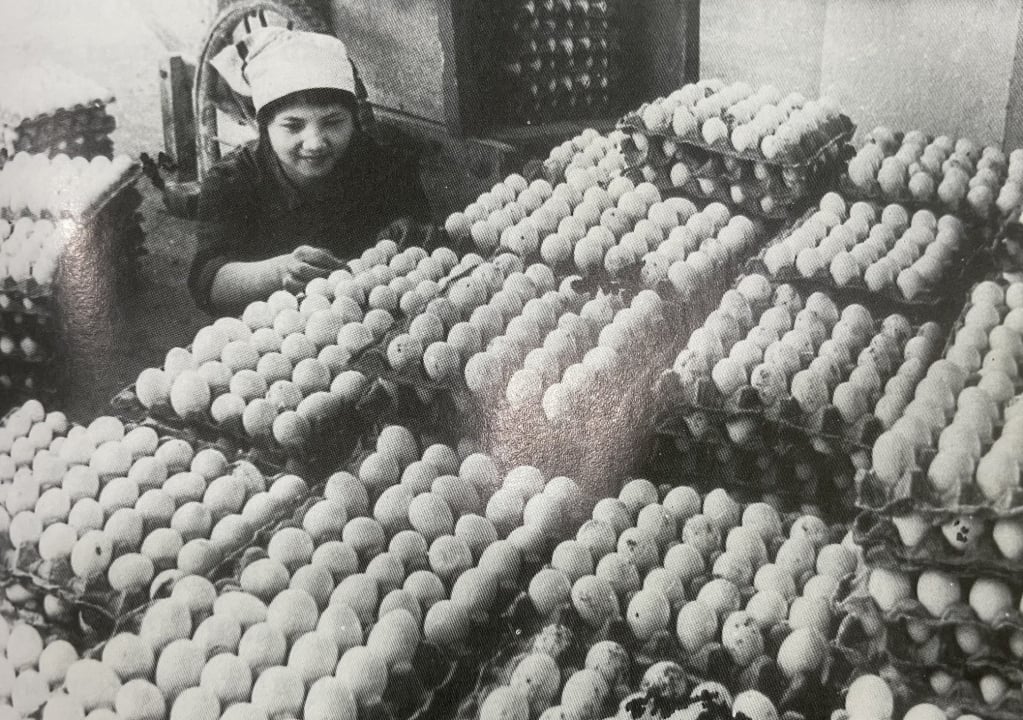
Immediately after peace was restored, Quang Ninh urgently restored production, including reviewing and reforming land, building irrigation systems, and reclaiming thousands of hectares of agricultural land. By 1960, the total cultivated area of the province had increased by more than 9,000 hectares compared to 1955; food output increased from 43,869 tons to 72,507 tons.
During the renovation period, Quang Ninh promoted mechanization, applied scientific and technological advances, and shifted from self-sufficient production to commodity production. In particular, Directive 100-CT/TW and product contracts to households have stimulated development momentum, bringing food output to over 100,000 tons since 1985. From 2016 to 2020, Quang Ninh's agricultural sector grew steadily, with aquatic product output reaching 130,000 tons/year, forest coverage rate over 55%, and 100% of communes meeting new rural standards...
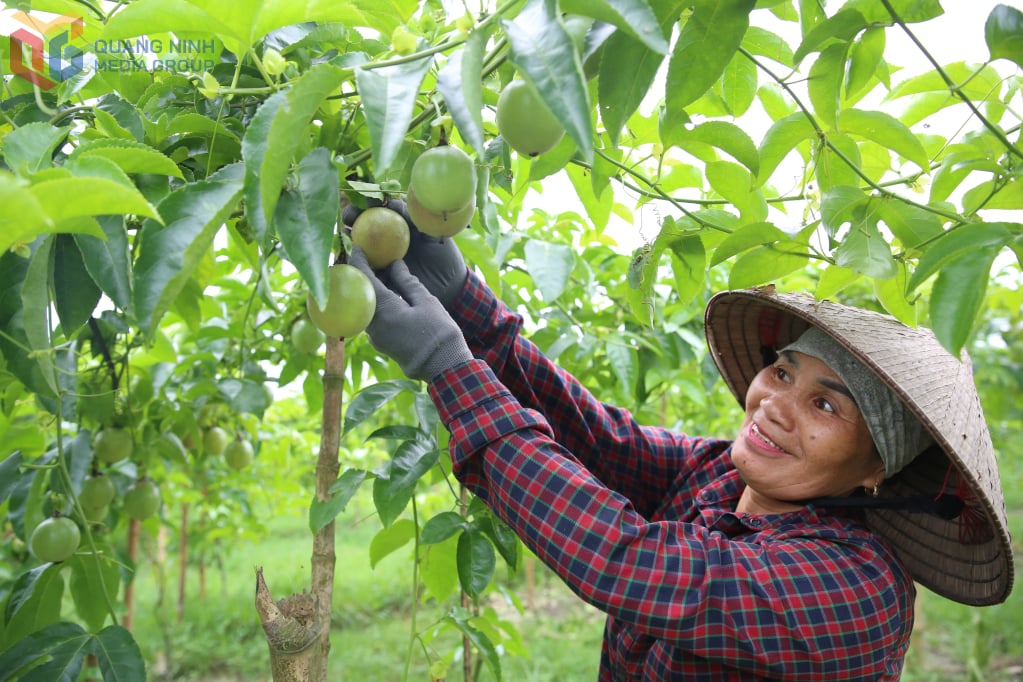
From 2021 to present, natural disasters and climate change have had a strong impact, but the industry has maintained impressive growth. The province has actively implemented digital transformation, developed smart agriculture and applied high technology to production, processing and consumption. To date, the GRDP growth rate of the agricultural, forestry and fishery sector is estimated at 3.62%; the proportion of rural population using clean water in 2025 is estimated at 100%; by the end of 2024, 91/91 communes have met the NTM standards, 2 years earlier than planned; 54/91 communes have met the advanced NTM standards; 25/91 communes have met the model NTM standards; 13/13 district-level units have been recognized by the Prime Minister as meeting the standards/completing the task of building NTM; 5/7 districts have met the criteria for districts meeting the advanced NTM standards; is the province that completed the task of building new rural areas in 2023... In particular, in 2024, although affected by storm Yagi, causing the forest cover rate to temporarily decrease from 55% to 45%, the province still maintained the growth momentum of the agricultural sector at 3.62%, continuing to promote its role as a pillar for the rural economy.
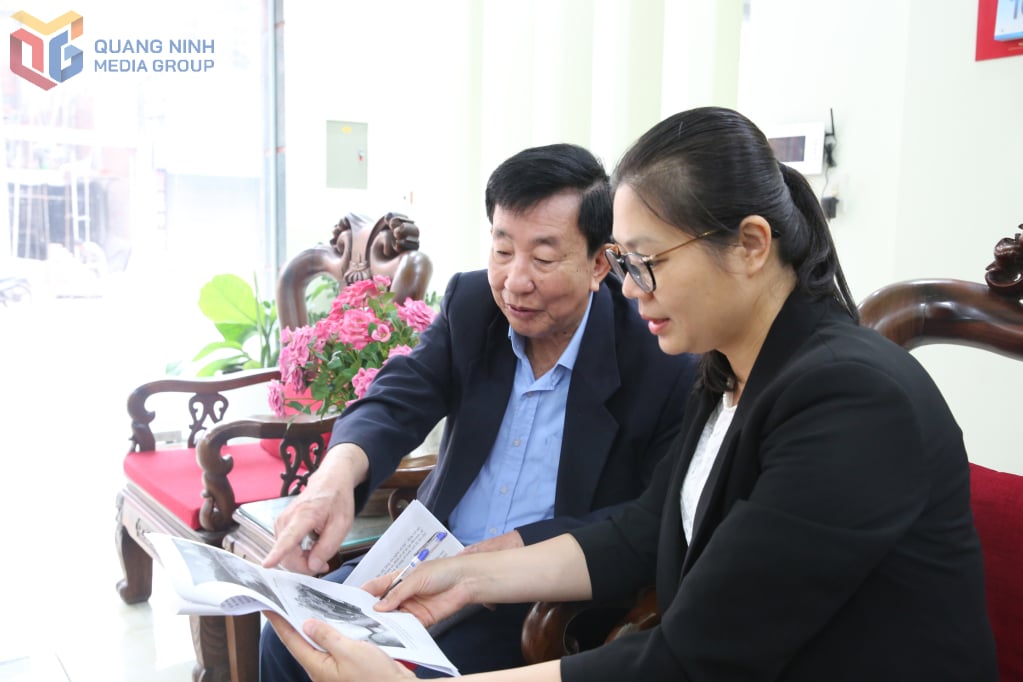
Mr. Le Thanh Phong, former Head of Yen Lap Key Management Station, Director of the Design Institute of Quang Ninh Irrigation Department (85 years old) said: I participated in the resistance war and started working in the irrigation sector since 1975. In the first years after liberation, the province's agricultural sector almost started from zero. The land was fragmented, the irrigation infrastructure was not significant, and production depended heavily on the weather. Up to now, I am really impressed with the way Quang Ninh province has reoriented the entire agricultural sector towards sustainable, modern development with high added value. That is the result of a whole process of innovation in thinking, policies, and the determination of the entire political system and the people. I believe that Quang Ninh's agricultural sector will continue to make great strides, become more modern, and meet the development tasks in the new period.
The Resolution of the 16th Provincial Party Congress, term 2025-2030, continues to affirm the goal of sustainable agricultural development, with the agricultural sector accounting for 3-4% of the province's GRDP; growth reaching 3-4%/year; aquatic product output of over 320,000 tons/year, of which aquaculture accounts for 75%; planting 12,500 hectares of new forests/year; ensuring 100% of rural people use clean water...
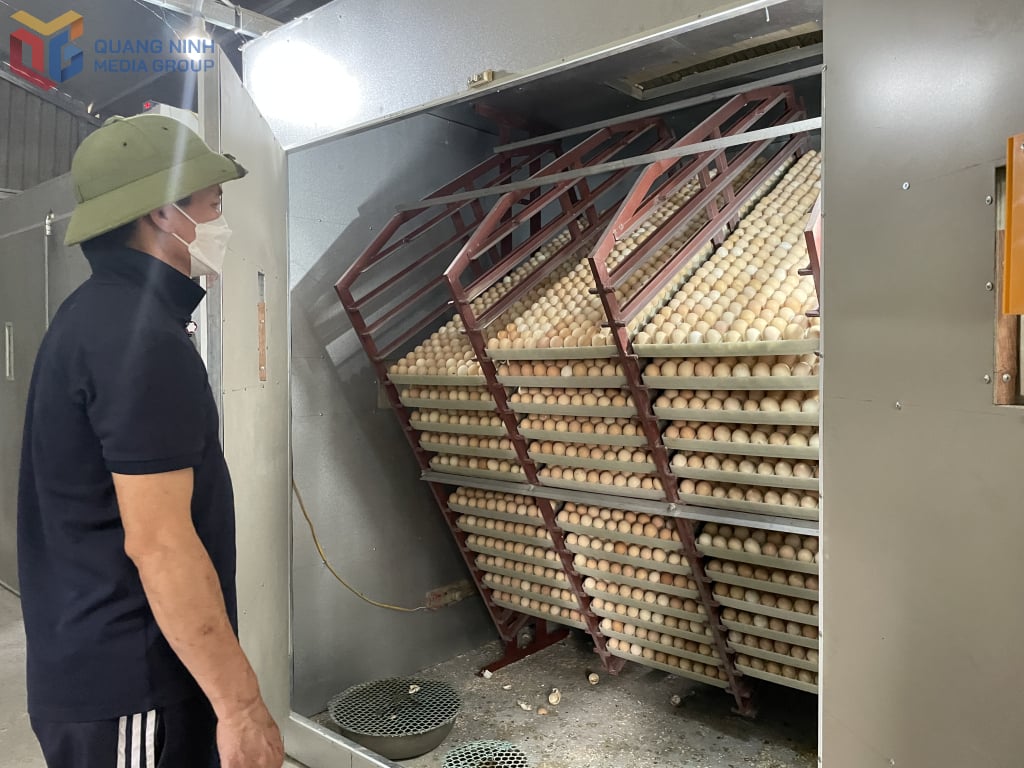
Mr. Vu Duy Van, Deputy Director of the Department of Agriculture and Environment, said: In the coming time, the Department will focus on extensively implementing Resolution No. 57-NQ/TW dated December 22, 2024 of the Politburo on breakthroughs in science and technology development, innovation and national digital transformation, associated with key tasks of the agricultural and environmental sectors, thereby creating new values, improving production efficiency and natural resource management. At the same time, promoting the development of the marine economy in a fast and sustainable direction, taking this as a strategic driving force to turn Quang Ninh into a strong locality in the sea, rich from the sea, towards the role of a major marine economic center of the country; strengthening the completion of mechanisms and policies for sustainable forestry development, suitable to the local ecological conditions; implementing key projects such as sustainable forestry development, improving dike safety, environmental monitoring, comprehensive digital transformation of the agricultural sector, etc.
Source: https://baoquangninh.vn/nong-nghiep-phat-huy-vai-tro-tru-do-cho-kinh-te-nong-thon-3355323.html






















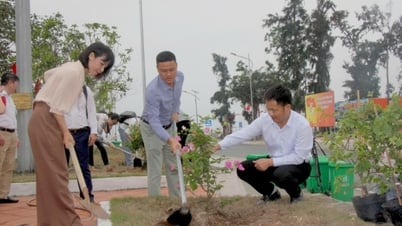
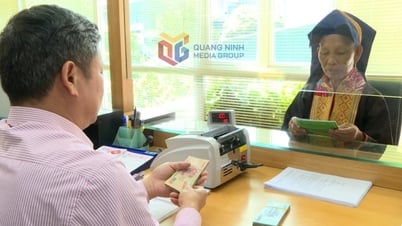

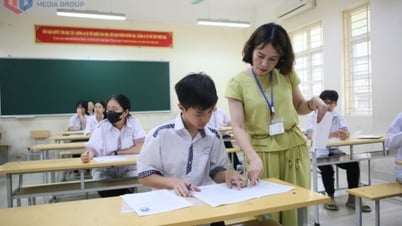

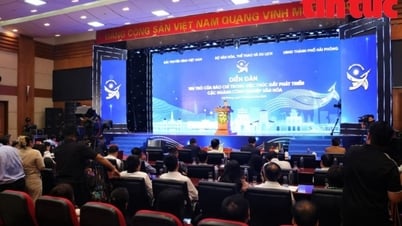










































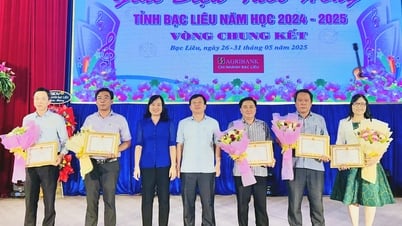



















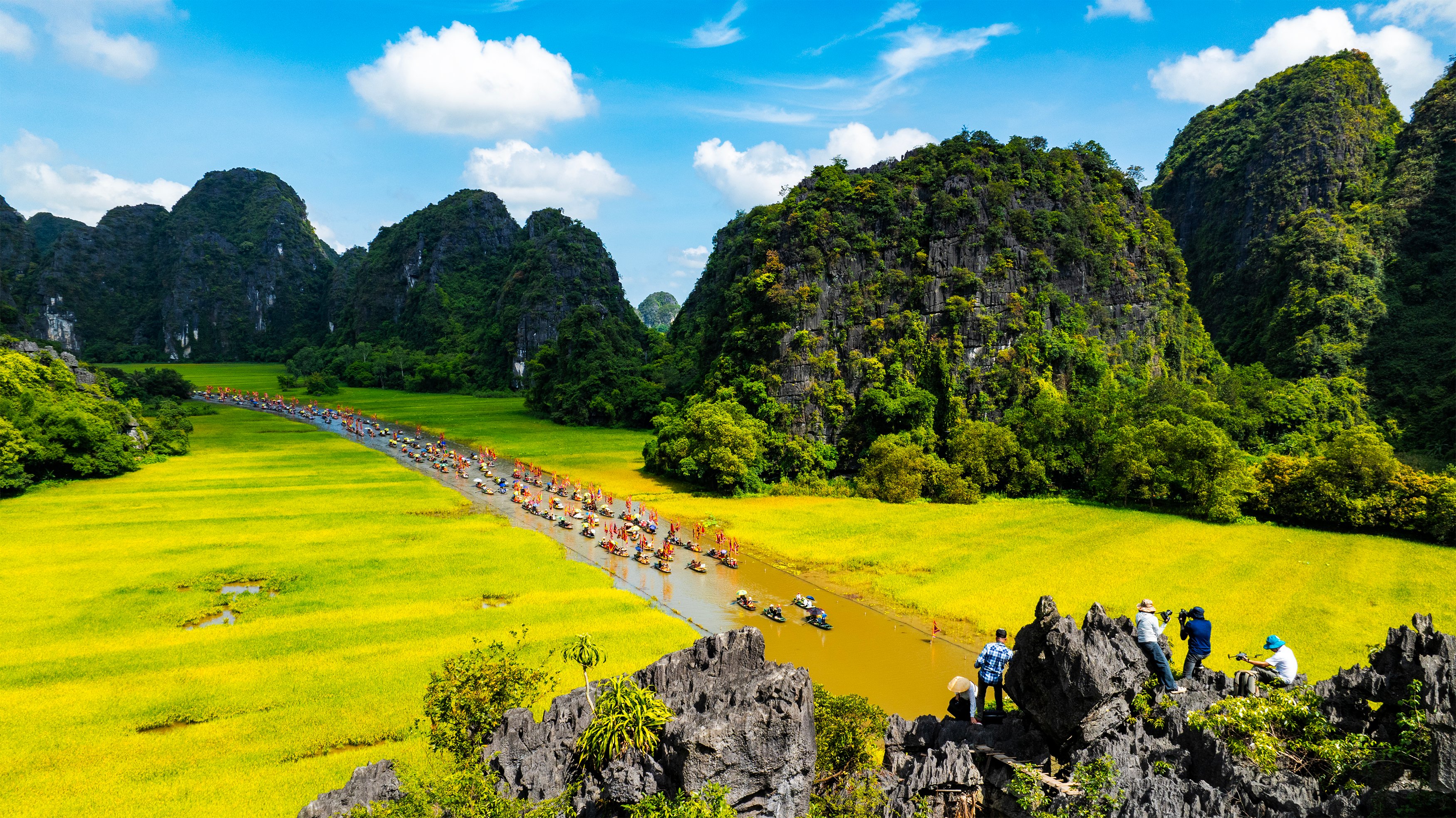



Comment (0)